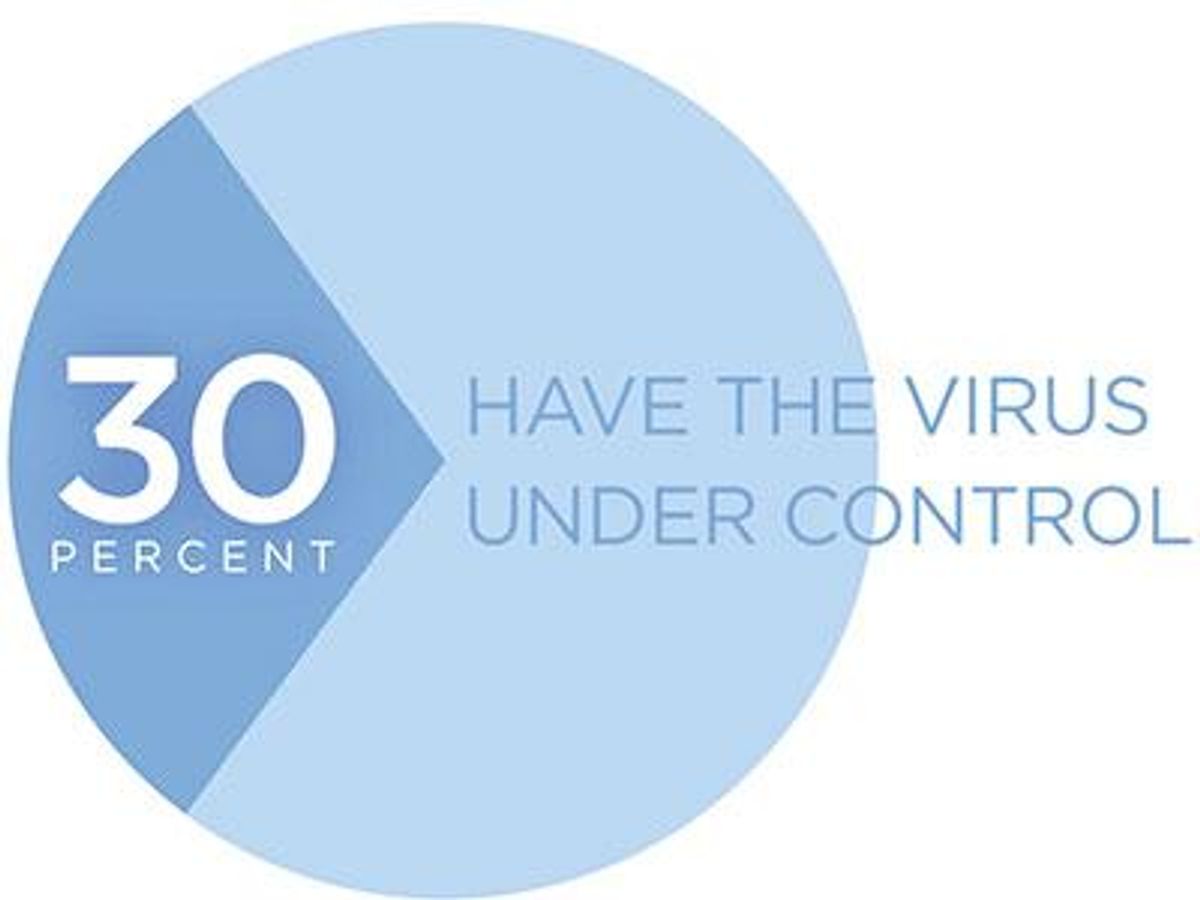A new article published in the Journal of the American Medical Association showed just how valuable diagnosis and treatment is to fighting the spread of HIV infections.
The article, coauthored by Dr. Jacek Skarbinski of the Centers for Disease Control and Prevention showed that people infected but undiagnosed and people diagnosed but not yet in medical care accounted for over 90 percent of HIV transmission in 2009.
Skarbinski and his coauthors estimated the rate of infection based which of the five stages of continuum care the 1.1 million HIV-positive people were in – infected but undiagnosed, diagnosed but not yet in care, retained in medical care but not prescribed ART, prescribed ART but not virally suppressed, and achieved viral suppression.
Of the over 1 million poz people, 18 percent were infected but didn’t know their status and an alarming 45 percent were diagnosed but not yet in medical care. Another 4 percent were retained in medical care but not prescribed ART, and 7 percent were prescribed ART but not virally suppressed. Only 25 percent were virally suppressed.
The estimates show a grim picture of the gaps the care continuum, showing that around 70 percent of the positive population was going without testing or treatment. Those where undiagnosed or diagnosed but not in treatment accounted for 30 percent and 61 percent, respectively, of the estimated 45,000 transmission in 2009.
Conversely, those who were in medical care and virally suppressed were 94 percent less likely to infect undiagnosed people.
“These estimates of the relative number of transmissions from person along the HIV care continuum highlight the community-wide prevention benefits of expanding HIV diagnosis and treatment in the United States,” the authors wrote in the study. “Improvements are needed at each step of the continuum to reduce HIV transmission. Through stronger coordination of efforts among individuals, HIV care providers, health departments and government agencies, the United States can realize meaningful gains in the number of persons living with HIV who are aware of their status, linked to and retained in care, receiving ART, and adherent to treatment.”
Below is a short clip explaining the study’s results from the CDC.



































































